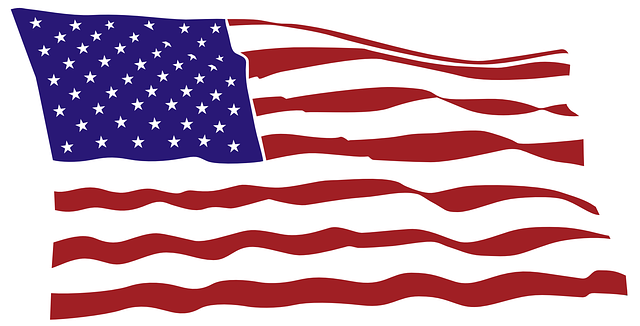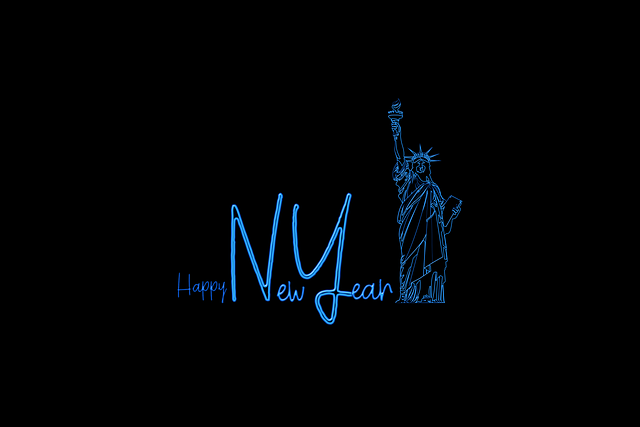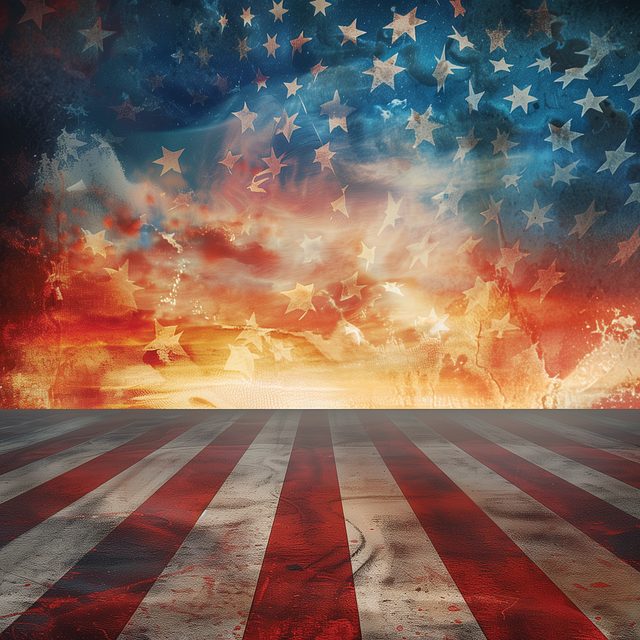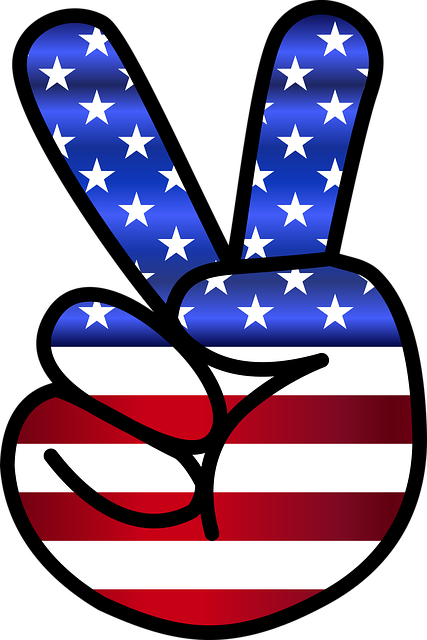The American Eagle and American Flag are powerful symbols of unity, freedom, and strength, deeply ingrained in U.S. culture. They inspire pride, patriotism, and camaraderie among citizens, appearing across monuments, art, literature, and political rallies. These global icons represent America's commitment to liberty, justice, and democracy, fostering a sense of belonging and shared purpose during both triumph and challenge.
The American Eagle and American Flag stand as powerful symbols of national unity, strength, and freedom. This article explores their profound cultural significance, from the depths of history to contemporary political rallies. We delve into the symbolism they embody in art, literature, and times of crisis, uncovering how these iconic representations foster a sense of resilience within the nation. Discover the global recognition afforded to these emblems and their enduring impact on shaping America’s image worldwide.
- The American Eagle: A Cultural Icon and Its Meaning
- Historical Significance of the American Flag
- Symbolism in Art and Literature: Depictions of Unity
- National Symbols in Times of Crisis: Strength and Resilience
- American Flag and Eagle: Their Role in Political Rallies
- Global Recognition: America's Emblem of Freedom
The American Eagle: A Cultural Icon and Its Meaning

The American Eagle, a powerful symbol adorning both the nation’s flag and various cultural artifacts, embodies the core values of unity and strength that define America. This majestic bird, with its soaring wings and keen gaze, has become an iconic representation of the country’s resilience and freedom. When seen on the American Flag, it signifies not just a geographical boundary but a collective identity, uniting diverse individuals under a common vision.
More than a mere graphic element, the eagle holds deep cultural significance. It serves as a symbol of patriotism, inspiring a sense of pride and camaraderie among Americans. Its majestic presence on monuments, in art, and even in everyday merchandise, reinforces the nation’s commitment to liberty and justice for all. The American Eagle, with its enduring image, continues to resonate as a powerful reminder of the country’s unique character and the values that unite its people.
Historical Significance of the American Flag

The American Flag, with its vibrant red, white, and blue stripes and 50 white stars, is more than just a piece of fabric; it’s a symbol of American unity and strength. Historically, it has represented the ideals of liberty, justice, and equality that founded the nation. The design itself evolved over time, each change reflecting significant milestones in America’s journey as a nation.
The American Eagle, often depicted on the flag, serves as a powerful emblem of sovereignty and freedom. Since its inception, the flag has been a rallying point for citizens during times of celebration and crisis. It unifies Americans under a common identity, fostering a sense of pride and patriotism. The historical significance of the American Flag lies not only in its aesthetic appeal but also in its ability to inspire and motivate generations, embodying the spirit of the nation it represents.
Symbolism in Art and Literature: Depictions of Unity

In art and literature, symbols play a pivotal role in conveying powerful messages about a nation’s identity and values. The American Eagle and American Flag are two iconic symbols that have been repeatedly used to represent unity and strength. These symbols transcend language barriers, immediately evoking feelings of patriotism and camaraderie among citizens.
Artists and writers often depict the American Eagle soaring high, wings spread wide, as a metaphor for freedom and resilience. Similarly, the American Flag, with its vibrant red, white, and blue colors, has been a recurring motif in literature, symbolizing the unity and diversity of the nation’s people. Through these artistic representations, the American Eagle and American Flag serve as powerful reminders of the country’s collective strength and unity during times of both triumph and challenge.
National Symbols in Times of Crisis: Strength and Resilience

In times of crisis, national symbols like the American Eagle and American Flag become powerful representations of unity and resilience. These iconic emblems serve as a collective reminder of the enduring strength that lies within the heart of America. When faced with challenges, whether it’s a natural disaster or a global pandemic, citizens often rally behind these symbols, fostering a sense of shared purpose and determination.
The American Eagle, a symbol of freedom and patriotism, inspires a feeling of pride and unity among its citizens. Similarly, the American Flag, with its vibrant colors and stars, stands as a testament to the diversity and resilience of the nation. In moments of crisis, these symbols help unite communities, encouraging them to come together, support one another, and persevere in the face of adversity.
American Flag and Eagle: Their Role in Political Rallies

The American Flag and Eagle are iconic symbols that play a powerful role in political rallies across the United States. These symbols represent the core values of the nation—unity, freedom, and strength—and serve as a visual connection to the country’s rich history and heritage. At political gatherings, the flag and eagle are often prominently displayed, creating a sense of national pride and collective identity.
The American Eagle, a symbol of sovereignty and power, soars high above rallies, embodying the spirit of resilience and patriotism. Meanwhile, the American Flag, with its vibrant red, white, and blue, unifies crowds under a common cause, reminding participants of their shared responsibilities to the nation and its ideals. These powerful imagery and symbolism evoke strong emotions and foster a sense of belonging among attendees, solidifying the message of unity and strength that is central to many political campaigns.
Global Recognition: America's Emblem of Freedom

The American Eagle, a powerful symbol of the nation’s strength and unity, has gained global recognition as an emblem of freedom and democracy. This majestic bird, often depicted soaring high with wings outstretched, represents the unwavering spirit of the United States. The image of the eagle has become deeply ingrained in popular culture, resonating with people worldwide. Its symbolic value transcends borders, reflecting the ideals of liberty and justice that America stands for.
The American Flag, with its vibrant red, white, and blue stripes and stars, further reinforces these values. Together, the Eagle and the Flag have become universal symbols of American identity on the global stage. They evoke a sense of pride and patriotism among Americans and serve as a powerful reminder of the country’s commitment to its principles and its role in the world.
